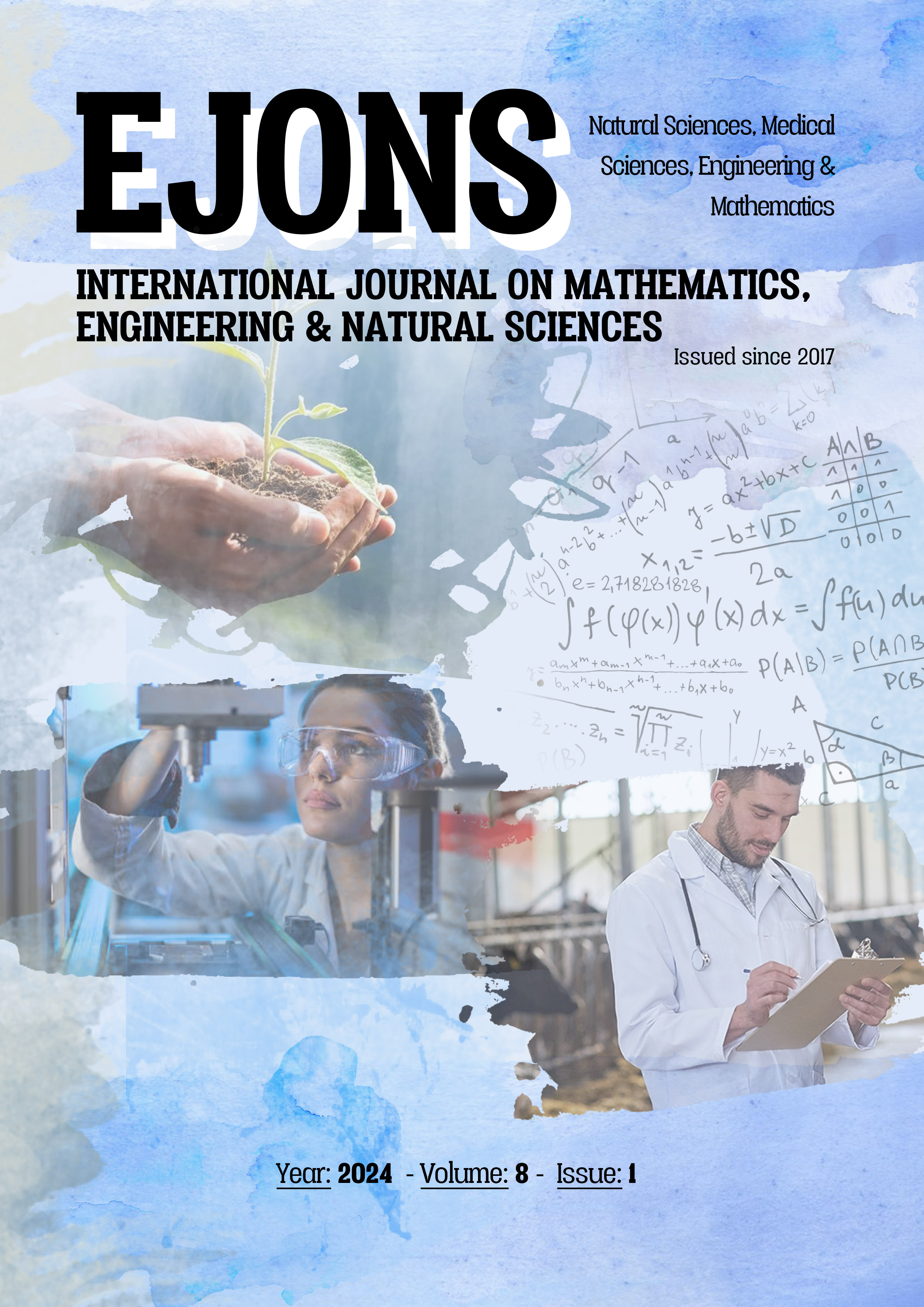Analysıs of Lıghtıng In Educatıonal Buıldıngs
DOI:
https://doi.org/10.5281/zenodo.10814361Keywords:
Natural lighting, Artificial Lighting, Educational Buildings, Visual ComfortAbstract
Daylighting is a very significant concept in the design and implementation phase of a building. The parameters affecting the structure vary depending on the position of the sun, which is the power source of natural lighting, during the day. Factors such as the angle of light reaching the structure and its intensity are not constant throughout the day. Apart from the daily and seasonal movements of the sun, the weather determined by the climatic conditions where the building is located is one of the main factors affecting this parameter. There are situations when natural lighting is insufficient even during the daytime in rainy or cloudy weather conditions. In these conditions, it is necessary to provide appropriate visual comfort to the user by supporting natural lighting with artificial lighting. Visual comfort is a phenomenon that affects the user both physically and psychologically. While the light source illuminates the environment, factors such as the color of the light, the amount of illumination, the amount of glare, glare, flickering of light and the light intensity must provide appropriate comfort conditions for the user. Natural lighting and artificial lighting designs are of great importance in buildings where visual comfort is primarily needed, such as educational buildings, office buildings and workshop buildings. The study was conducted to analyze the lighting performance of a classroom oriented towards the south façade of the Niğde Ömer Halisdemir University Faculty of Architecture building, which is the selected educational building. In the analysis, the lighting designs of the rooms used in the classroom and the adequacy of supporting natural lighting alone and with artificial lighting are discussed. Within the period determined for the research, measurements were made at certain times of the day with the help of a lux meter, and then the measurement data were transferred and examined and the lighting performance were evaluated.
References
CIBSE, (2009). Code For Interior Lighting, London.
CIE, (1986). Guide for Interior Lighting, Second Edition, Austria.
CIE, (2015). International Commission on Illumination, ILV; International Lighting Vocabulary, http://eilv.cie.co.at/.
Çelik, K. ve Ünver, F.R. (2019). Eğitim Yapılarında Sürdürülebilir Aydınlatma Tasarımı Yaklaşımı.
Çukurova Üniversitesi Mühendislik Mimarlık Fakültesi Dergisi, 34(3). https://doi.org/10.21605/cukurovaummfd.637611
Dubois, M. C., ve Blomsterberg, A. (2011). Energy saving potential and strategies for electric lighting in
future North European, low energy office buildings: A literature review. Energy and Buildings, 43, 10, 2572– 2582.
Memiş, Ö. (2019). İnsan Odaklı Aydınlatma. International Periodical of Recent Technologies in
Applied Engineering, 1(1), 30-35. DOI: 10.35333/porta.2019.23
Michael, A. ve Heracleous, C. (2016). Assessment of natural lighting performance and visual comfort of educational architecture in Southern Europe: The case of typical educational school premises in Cyprus,Energy and Buildings, 140, 443–457. https://doi.org/10.1016/j.enbuild.2016.12.087
Selimli,S., Bakar, G. ve Aydemir,E. (2020). Derslik Aydınlatma Performansının ve Led Armatür Uygulaması Enerji Tasarrufu Potansiyelinin Belirlenmesi Ön Çalışması. Fırat Üniversitesi Müh. Bil. Dergisi, 32(1), 69-73. https://doi.org/10.35234/fumbd.579036
TS EN 12464-1:2011. (2011). Işık ve Işıklandırma-İş Mahallerinin Aydınlatılması - Bölüm 1: Kapalı Alandaki İş Mahaller.
Ünver, R. (2015). Eğitim Yapılarında Konfor Ne Demek?. LedveLighting Dergisi, Sayı 16, ss 114-121.
Yağmur Aydın, Ş. ve Sözen Şerefhanoğlu, M. (2016). Dersliklerde Görsel Konfor ve İç Yüzeylerin Etkisi. Megaron Dergisi, 11(1), 49-62.
Yılmaz, F.Ş. (2014). Sürdürülebilir Çevre için Mimari Aydınlatma Tasarımı Yaklaşımı: Türkiye Örneği, Doktora Tezi, İTÜ Fen Bilimleri Enstitüsü, 1-2, İstanbul
Downloads
Published
How to Cite
Issue
Section
License
Copyright (c) 2024 EJONS INTERNATIONAL JOURNAL

This work is licensed under a Creative Commons Attribution-NonCommercial 4.0 International License.


